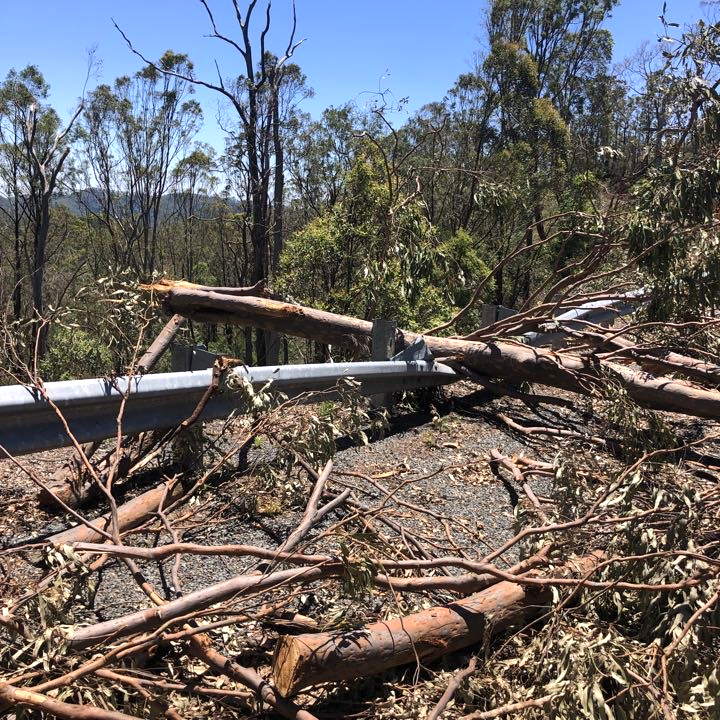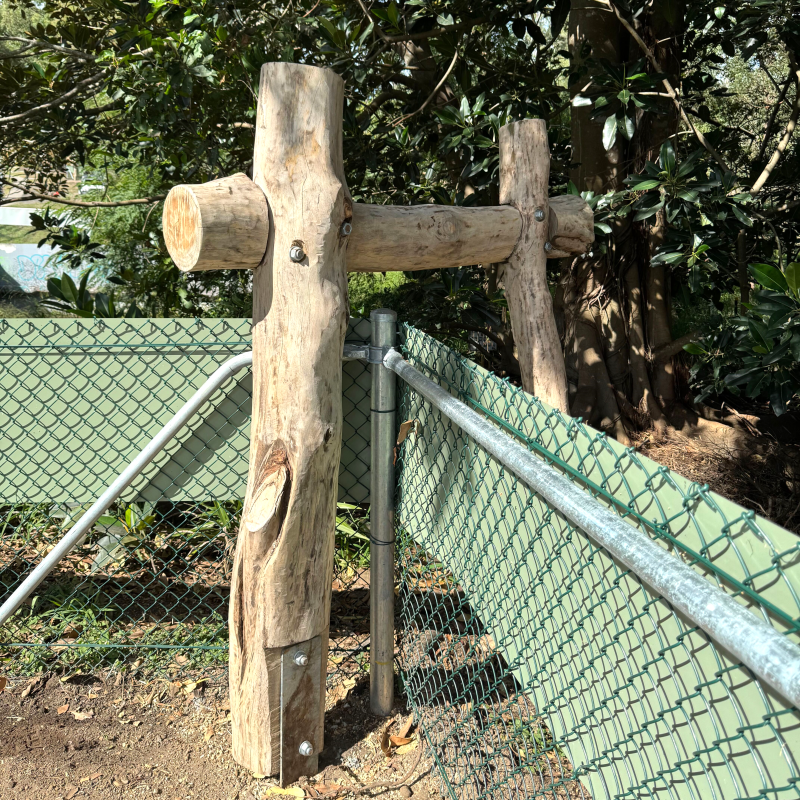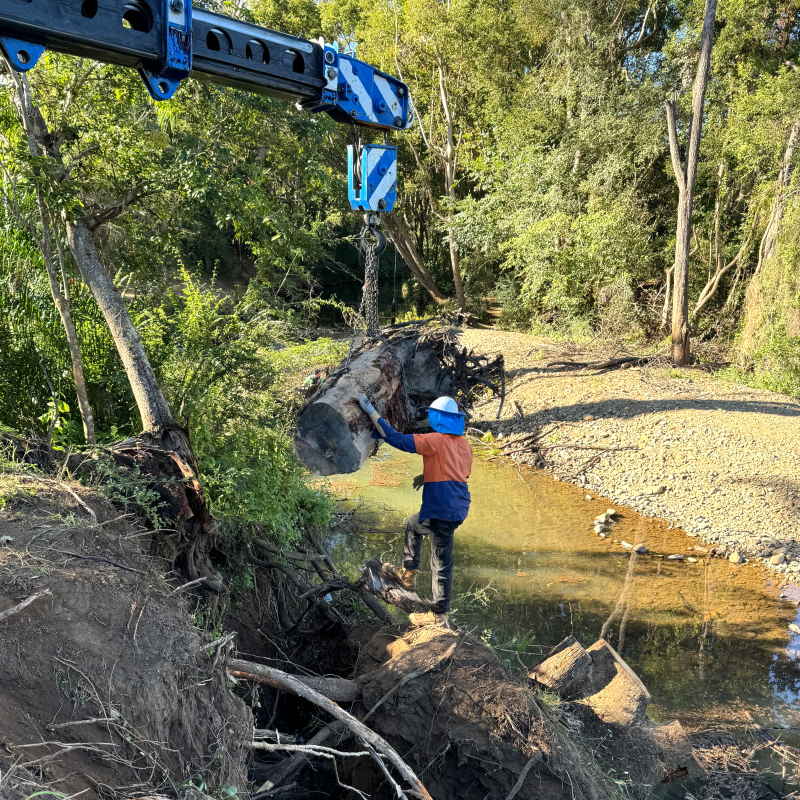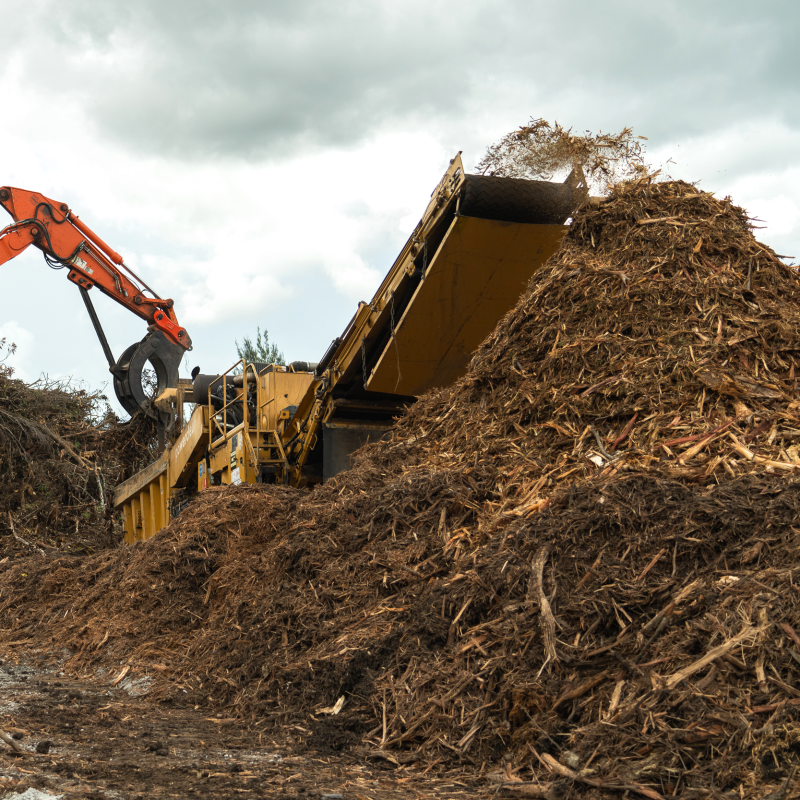SEQ storms’ ill winds blow mountain of opportunity
Coined in 1546, the sailors’ metaphor ‘It's an ill wind that blows no good’ typically refers to a wind that was unlucky for one person but would bring good fortune to another.
In the immediate aftermath of the tornado-like storms that tore through south-east Queensland over the 2023-24 Christmas-new year period, it was unimaginable such devastation could bring any positive outcomes with it.
Usually neat and tidy areas were smothered with debris after the storms tore roofs off homes, uprooted countless large trees, and brought down almost 11,000 powerlines.
Roads were also badly damaged, with a monumental clean-up required across the region.
Queensland Department of Transport and Main Roads (TMR) swung into action, initially to reopen roads but also to help remove the mountain of rubbish and tree branches that had been strewn across streets and land.
To date, since the storms, more than 2,500 sites have been cleaned or repaired.
More than 50 culverts were cleared and 15,000 tonnes of debris was removed from roads and the road corridor – the equivalent of six Olympic-sized swimming pools.
And while some may have seen a massive pile of waste, TMR saw a major opportunity.
Incredibly, the clean-up presented a chance to salvage some of the wreckage.
Following a previously successful project repurposing large eucalyptus trees, TMR took the initiative of reaching out to local not-for-profit Habitec, a specialist in habitat enhancement solutions.
According to Habitec more than 300 Australian native animal species rely on hollows for shelter and rearing their young.
TMR partnered with Habitec to coordinate and supply enough suitable timber for 14 habitat logs, 25 nesting boxes, and 50 poles for fauna movement infrastructure such as koala escape poles.
Under the partnership, 28 large root balls were repurposed, with 14 used to both stabilise a badly eroded bank edge on Cedar Creek and to add habitat to the area, a known platypus haunt.
TMR recycled 7,750 tonnes of vegetation debris into mulch and provided this to a local landscaping supplier Marlyn Compost, and to Queensland councils to distribute to their constituents.
Another 2,500 tonnes were donated to biomass-fired power stations in Condong and Broadwater in northern New South Wales.
As well as providing community and environmental benefits, repurposing and reusing the storms' debris also reduced disposal costs.
What was undoubtedly an ill wind ultimately became a wind of change.
These recovery works were funded by the Australian and Queensland Governments under the joint Commonwealth-state Disaster Recovery Funding Arrangements (DRFA).




